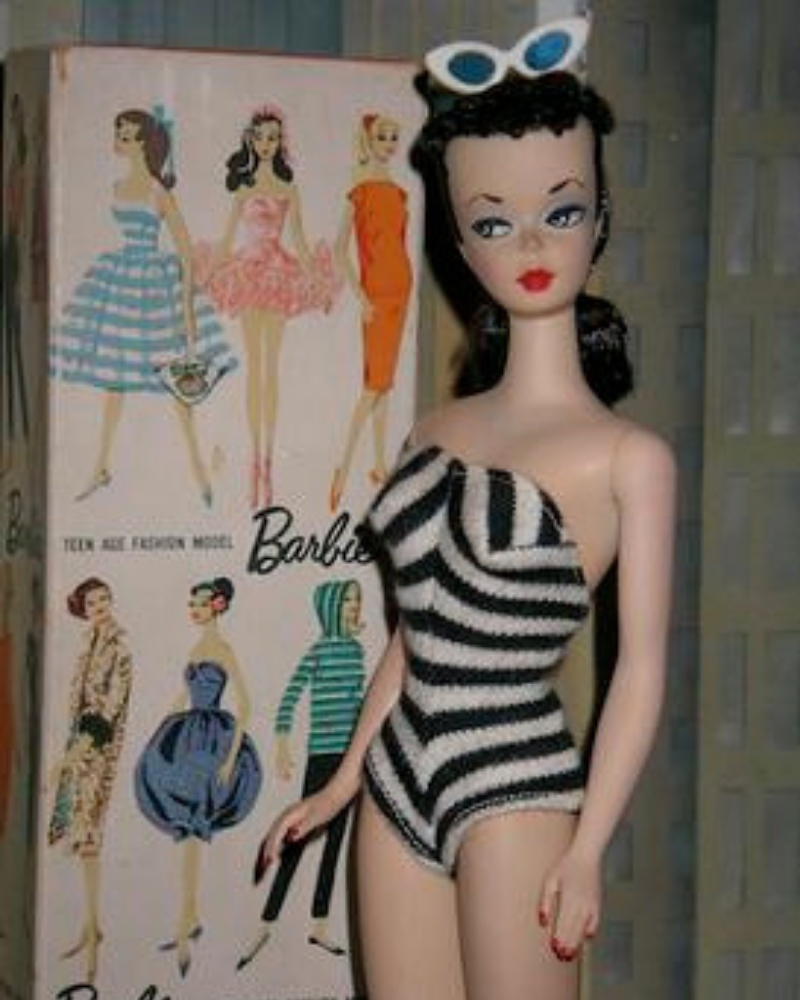
A decade or two ago, if you asked people what they thought of Barbie dolls, you were bound to hear an earful. Barbie was adored by girls around the world, but she didn't look like most them. She didn't come in all the different skin tones that the little girls who played with her did. Her body type didn't reflect those of real women. As people woke up to the idea of inclusivity in children's toys, it seemed like Barbie was in danger of being left in the past.
Mattel realized this and began to work on making changes. In 2016, we saw the first of those changes. Barbies were, for the first time, available in tall, short, and curvy body types. The company made a more diverse range of skin tones for the dolls, as well as different hairstyles and textures. Mattel took the iconic dolls a step further into the modern age. Now Mattel is making moves to represent the differently abled with a wheelchair doll and one with a prosthetic leg.

Mattel has brought Barbie a long way in her nearly 60 years on the market. The first Barbie, available in blonde and brunette, was introduced at the American International Toy Fair in March 1959.
Barbie started as a fashion doll, but as times changed and her popularity grew, Mattel looked to inspire young girls with Barbie.

There has also been a lot of controversy around Barbie, as well. In 1965, many were outraged when Slumber Party Barbie came with a scale set to 110 lbs., which would make an adult woman at 5'9" (Barbie's height based on a 1:6 scale) over 30 lbs. underweight.

The criticism of Barbie's size and the unrealistic body image goals it gave young girls continued throughout through the end of the millennium. In 2000, the first changes were made to give Barbie a more realistic figure.
Kim Culmone became vice president of Barbie design in 2013 after working for Mattel in various design roles since 1999. As a gay woman who grew up playing with the dolls, she understood the criticism and the difference that representation could make for young girls.
As the Hulu documentary Tiny Shoulders: Rethinking Barbie explains, Kim's vision was met with some resistance internally. Making dolls with different dimensions required a new mindset for designing accessories, from cars to dreamhouses and everything in between. It meant that all dolls couldn't share the same clothes. It was a bigger undertaking than imagined, but one that was ultimately felt to be necessary.
In 2016, Mattel rolled out Barbies who were tall, short, and curvy. The company also added a multitude of skin tones, as well as hair styles and textures, to the doll collection.
In the years since the dolls were rolled out, Mattel has also worked on empowering young girls. It created the Barbie Sheroes and Barbie Inspiring Women lines to bring diverse role models to young girls' attention.
Barbie even has a YouTube channel where she vlogs! The videos are a refreshingly honest take on some issues that women tackle today, including a particularly popular one on women's use of the word "sorry."
Now Barbie is taking another step to inclusivity and being a more modern figure. Barbie is looking to represent the differently abled with new accessory additions.
One of the new dolls is seated in a wheelchair. The other features a prosthetic leg. These are the first in what Mattel hopes will be many moves to help differently abled kids see themselves represented.
In a press release regarding the new dolls, Mattel states, "As a brand, we can elevate the conversation around physical disabilities by including them into our fashion doll line to further showcase a multi-dimensional view of beauty and fashion."
For the prosthetic doll, Mattel teamed up with Born Just Right cofounder Jordan Reeves to get the design just right. Jordan was inspired to start campaigning for dolls that represent limb differences after learning that American Girl created a doll with an insulin pump to represent type 1 diabetics. She even gave a TEDx talk to raise awareness on the importance of doll representation.
In a statement on its website, Born Just Right thanks Mattel for including Jordan in the design process: "Thank you to the Barbie team for taking the time to listen to Jordan as they’ve worked through this design process. It’s an honor to be a part of a project that has been so important to us for so long. We hope this is just the beginning of mainstream dolls that represent physical differences."
The new Barbies will be available this fall!




